Each summer, thousands of Alaskans gather along the state's salmon-filled rivers—not with fishing rods or commercial boats, but with large welded nets and anticipation, hoping to hit the run right. This is dipnetting, a uniquely Alaskan method of personal use fishing that reflects both the state's natural bounty and its strong sense of self-reliance. Dip netting has been an integral part of Alaska culture, past and present. It provides Alaska residents with an opportunity to harvest some of the state's annual salmon return and enjoy the state's natural bounty.

What Is Dipnetting?
Dipnetting in Alaska is a subsistence and personal use fishing method where residents use large, long-handled nets (dipnets) to scoop fish—primarily salmon—out of rivers during their annual spawning runs. It differs from sport or commercial fishing and is governed by a distinct set of rules. Most importantly, only Alaska residents are eligible to participate, and they must hold both a valid fishing license and a Personal Use permit.
What Can You Catch?
While the premier species is undoubtedly sockeye (red) salmon, dipnetters may also catch:
-
Coho (silver) salmon
-
King (Chinook) salmon (depending on location and timing and emergency orders from the Alaska Dept. of Fish and Game)
In most cases, fish caught must be logged on the permit, and strict limits ensure sustainability for future generations.

Where Does It Happen?
Dipnetting is allowed only in select rivers across the state, each with its own set of regulations and character:
-
Kenai River – The most popular and crowded spot, known for heavy salmon runs and large family groups
-
Kasilof River – Slightly less chaotic, but still a major dipnetting location
-
Copper River (Chitina area) – Rugged and scenic, often requiring more physical effort and planning
-
Fish Creek, China Poot, and Susitna River – Smaller but still significant areas for personal-use harvests
Each location opens and closes according to the salmon run and biological data managed by the Alaska Department of Fish and Game (ADF&G).
When Does Dipnetting Happen?
Dipnetting usually peaks in July, during the height of the salmon runs. Exact dates vary by river and are set annually by ADF&G based on salmon escapement numbers and environmental conditions. It's best to review the latest regulations and calendars annually before planning your trip.

How It Works
The process is simple in concept but physically demanding. Dipnetters wade into the river—or perch on the shoreline—holding large nets (up to 5 feet in diameter) attached to long poles. When salmon swim close, they're scooped up, brought to shore, and either immediately processed or chilled.
In other instances, fishing takes place on small personal watercraft, and hoops are dipped over the sides. As salmon work their way against the current and become entangled in the mesh nets, they are hauled into the boat.
Planning your first dipnetting trip? Here are our top picks for essential dipnetting gear.
Essential Dipnetting Gear Checklist

Fishing Gear
-
Fishing license + Personal Use permit (print and carry with you)
-
Fish stringer or tote bags (for hauling fish from the water)
-
Cutting board or portable fish table
Harvesting Tools
-
Large Cutting Boards
-
Vacuum Seal Bags
-
Cutting Tables
Camping & Comfort
Final Thoughts
Whether you're a lifelong Alaskan or just learning about life in the Last Frontier, dipnetting offers a powerful glimpse into what makes this state so special. It's rugged, community-driven, respectful of nature, and deeply tied to the land and water. There's something uniquely satisfying about sustainably harvesting your wild food, surrounded by Alaska's raw beauty. For some, it's a serious operation. For others, it's a family camping trip with a productive twist.


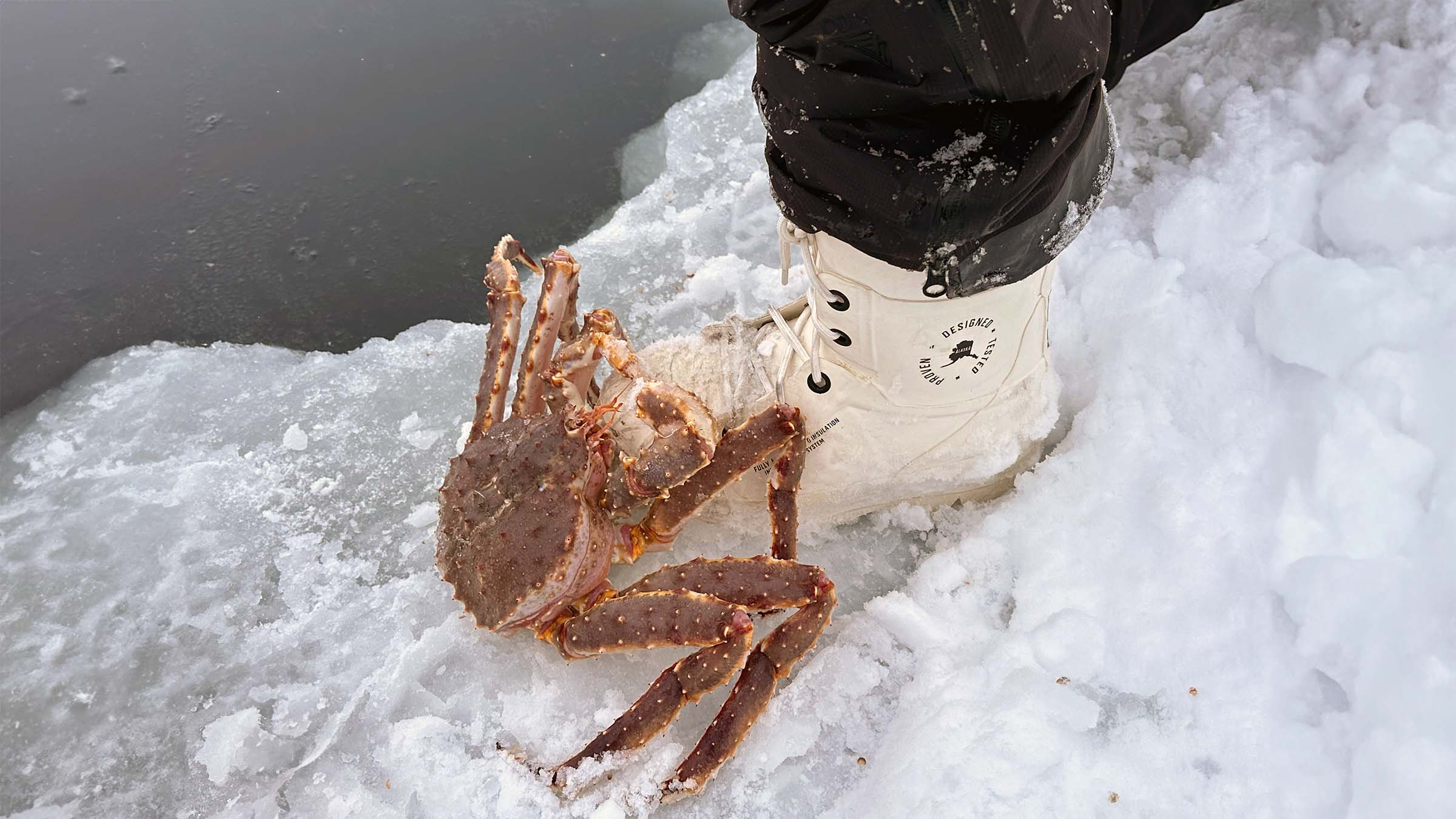
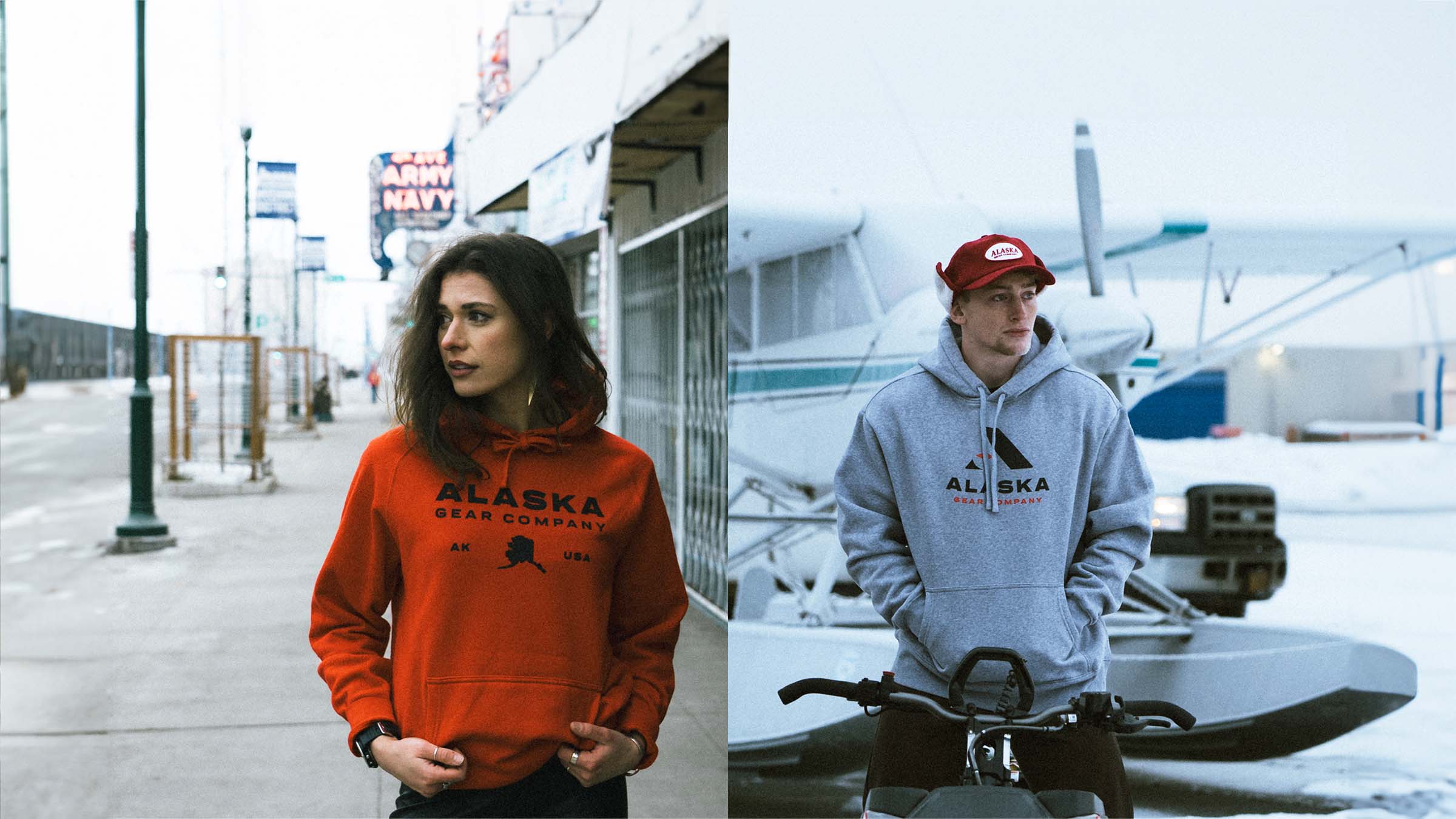

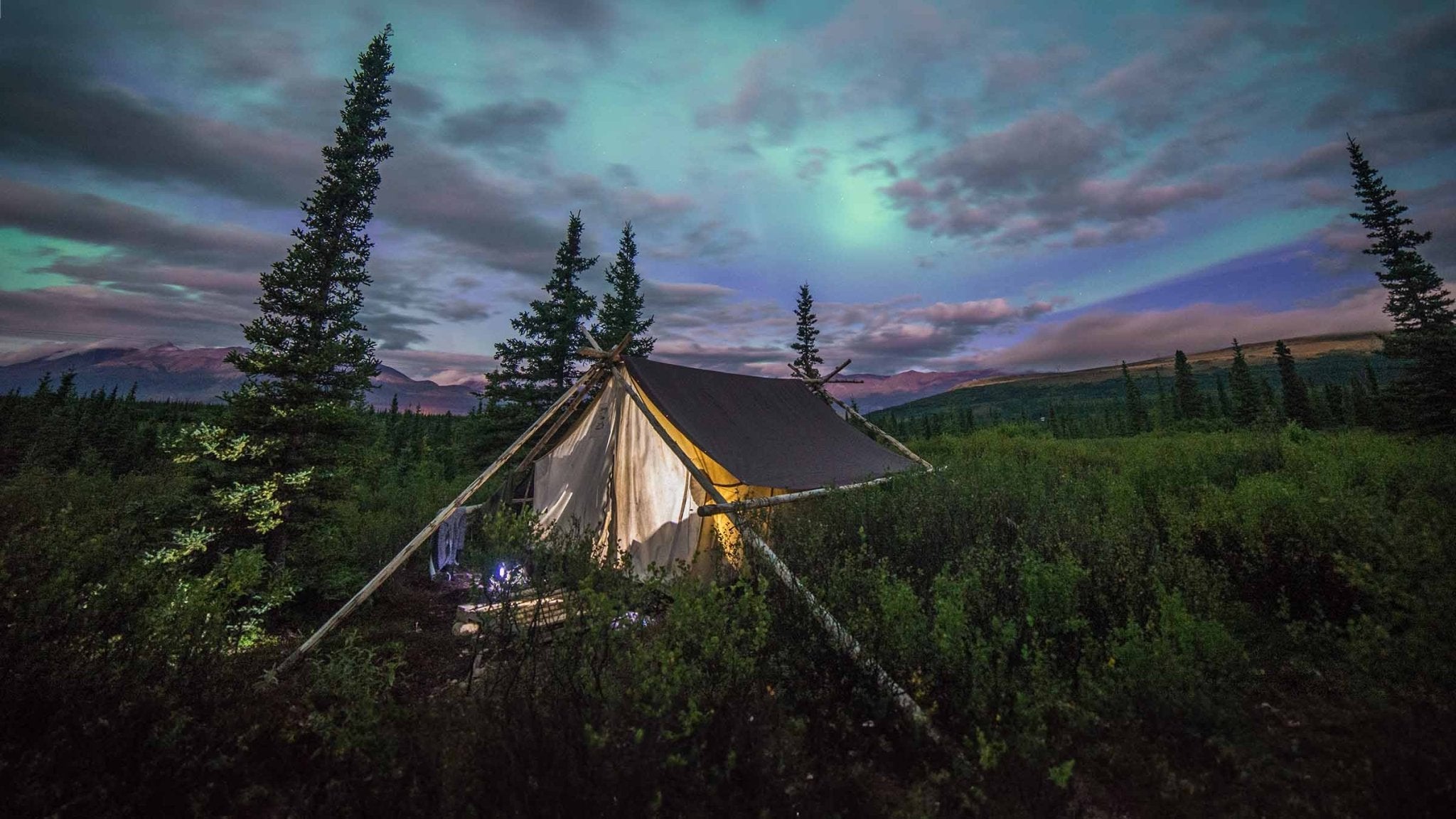
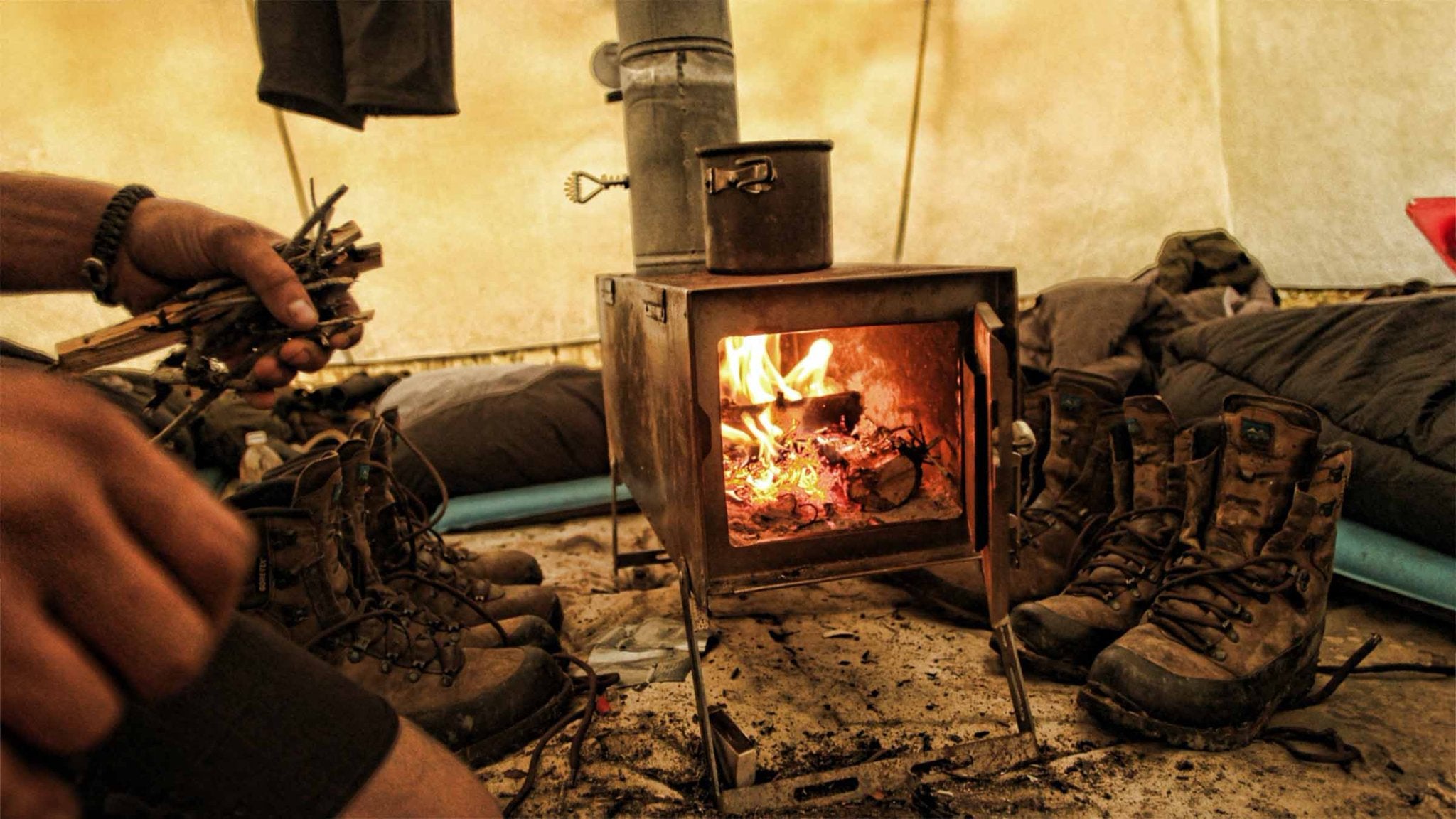
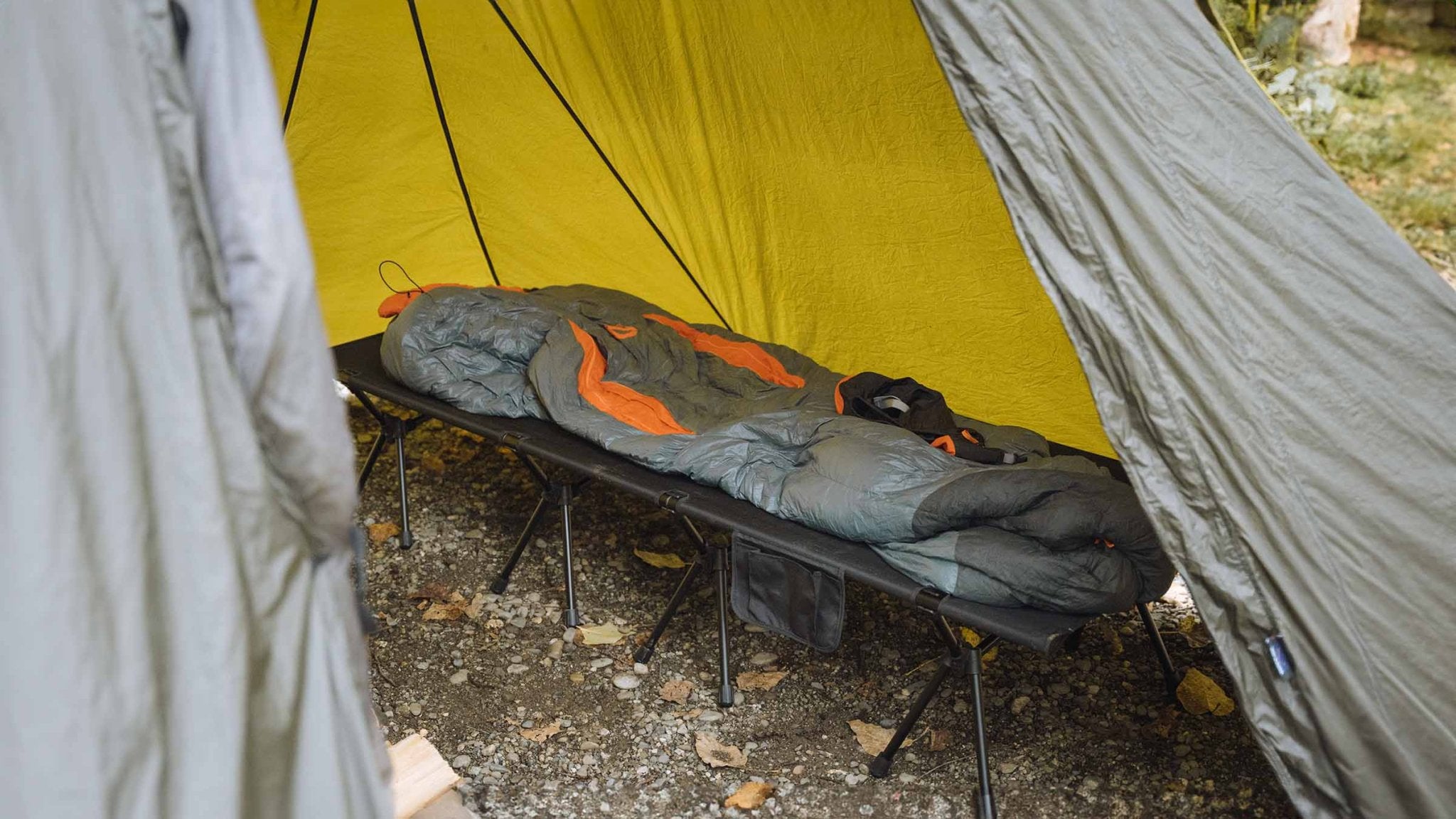
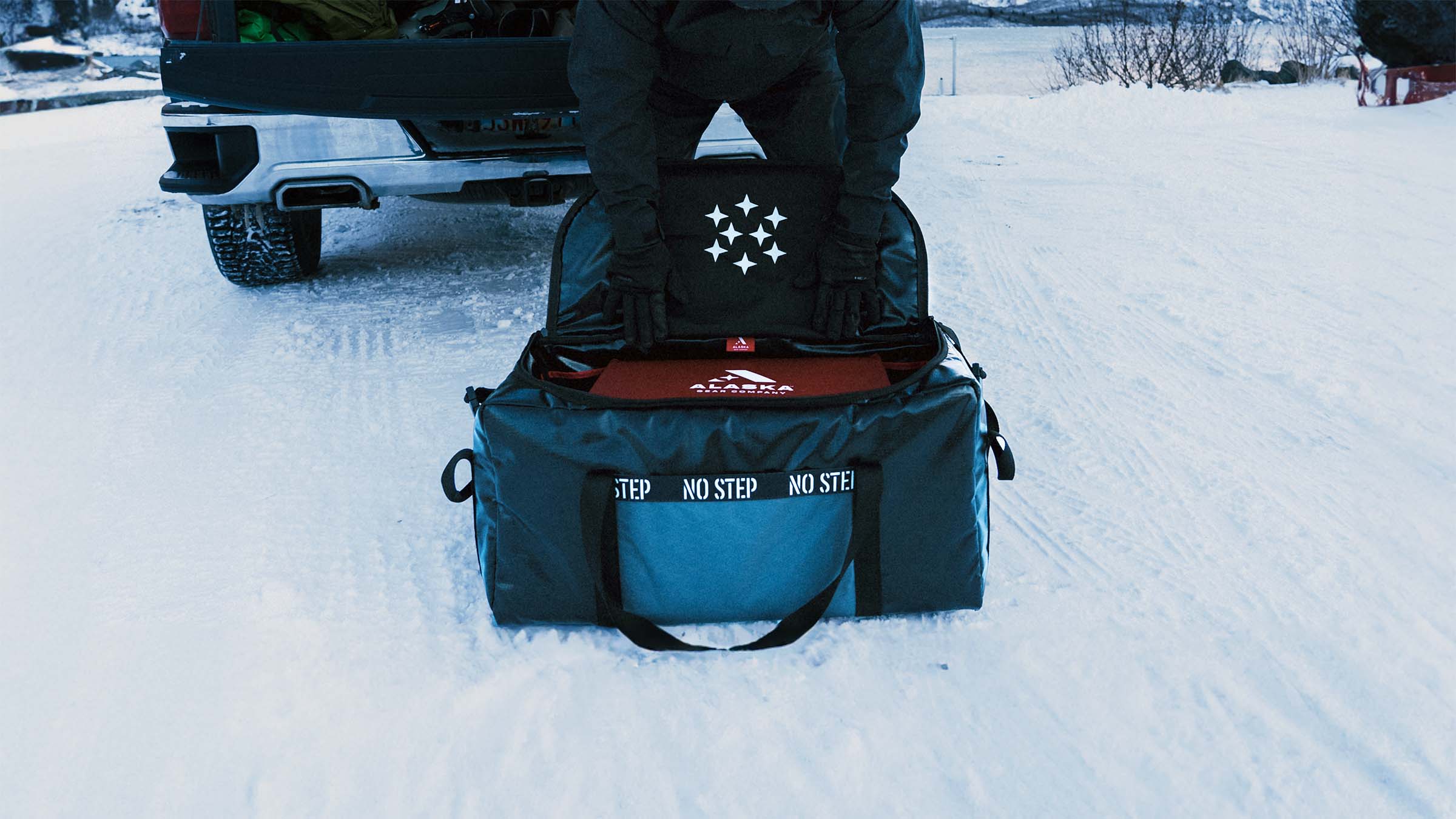
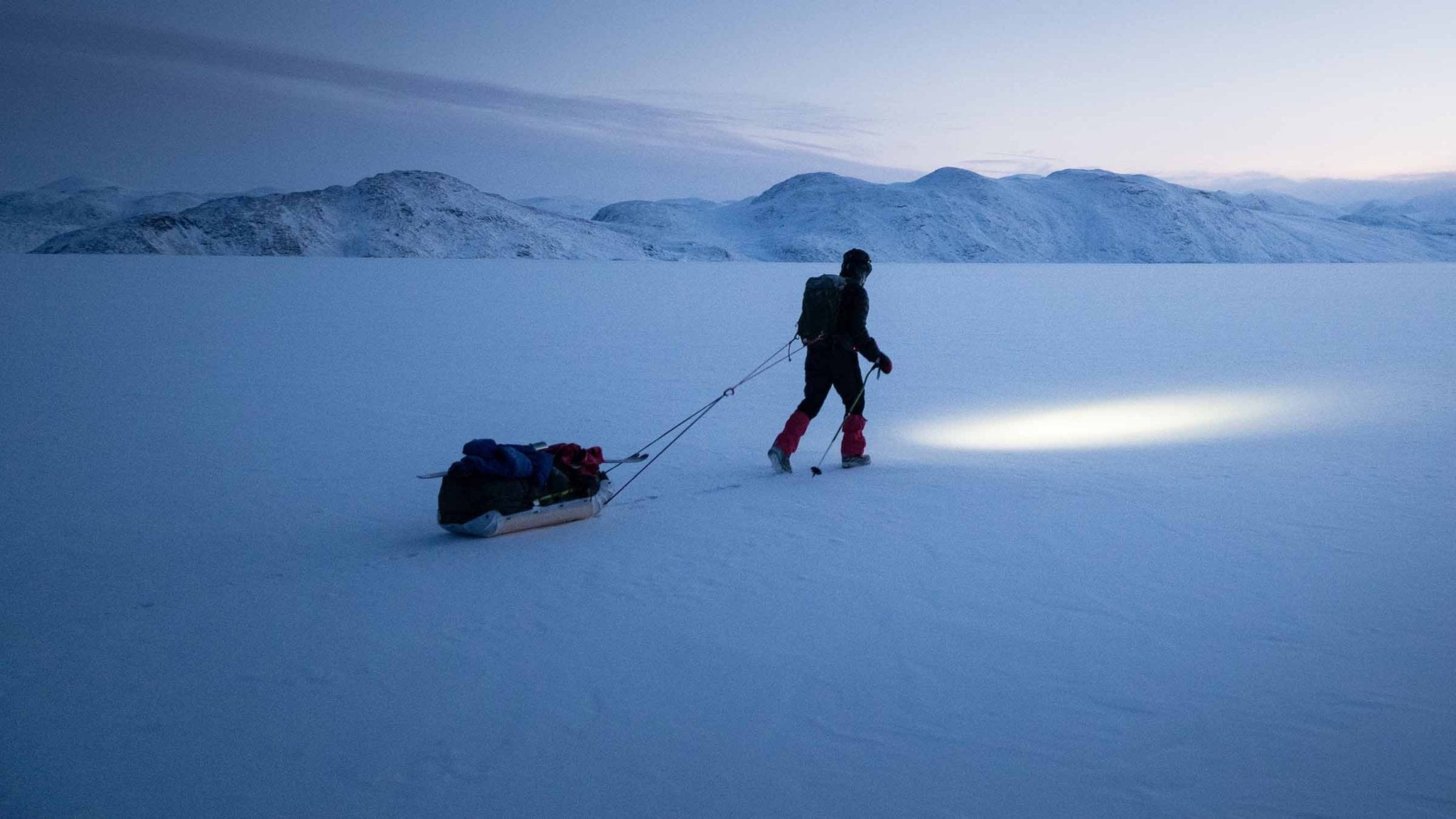
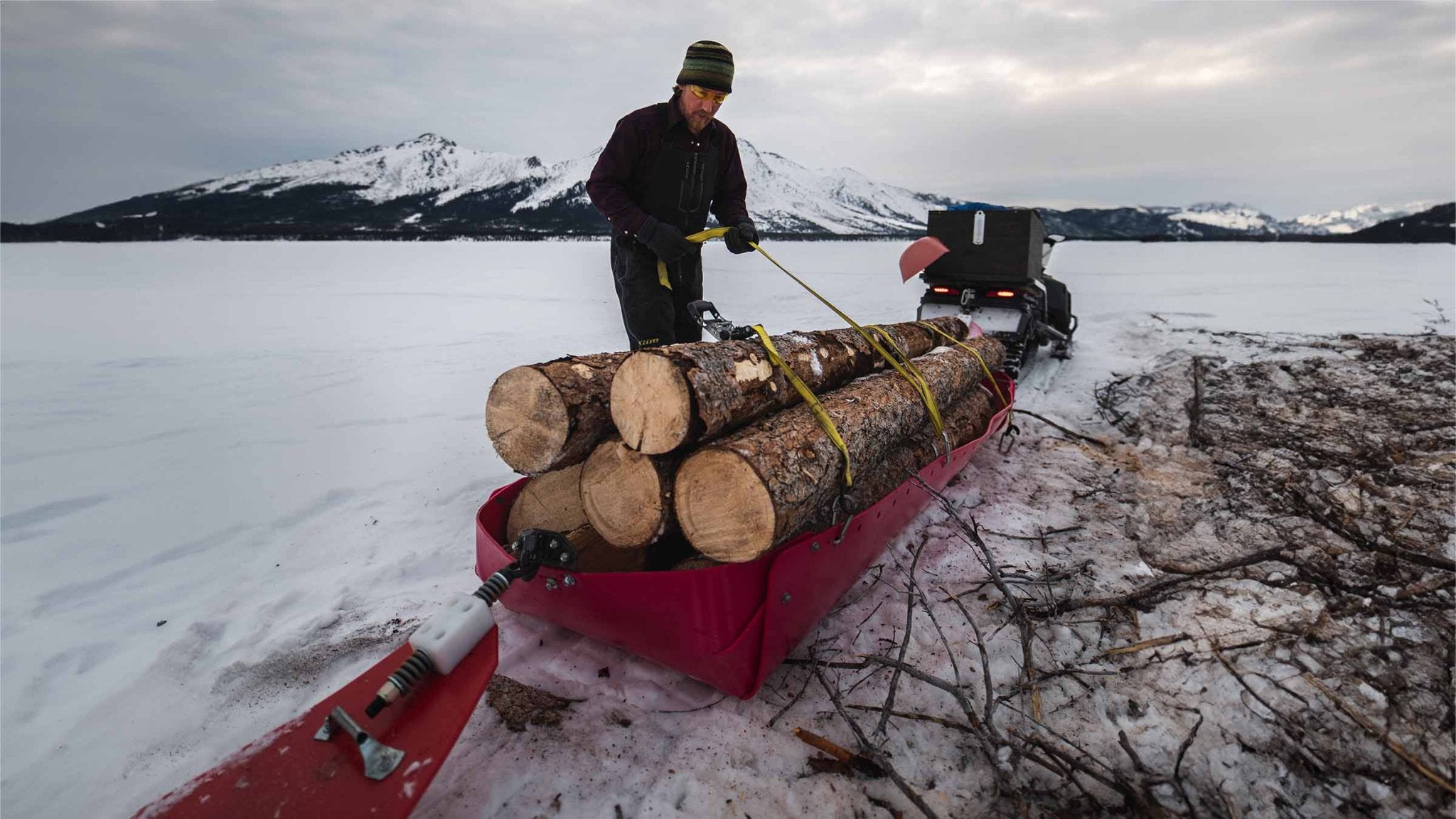
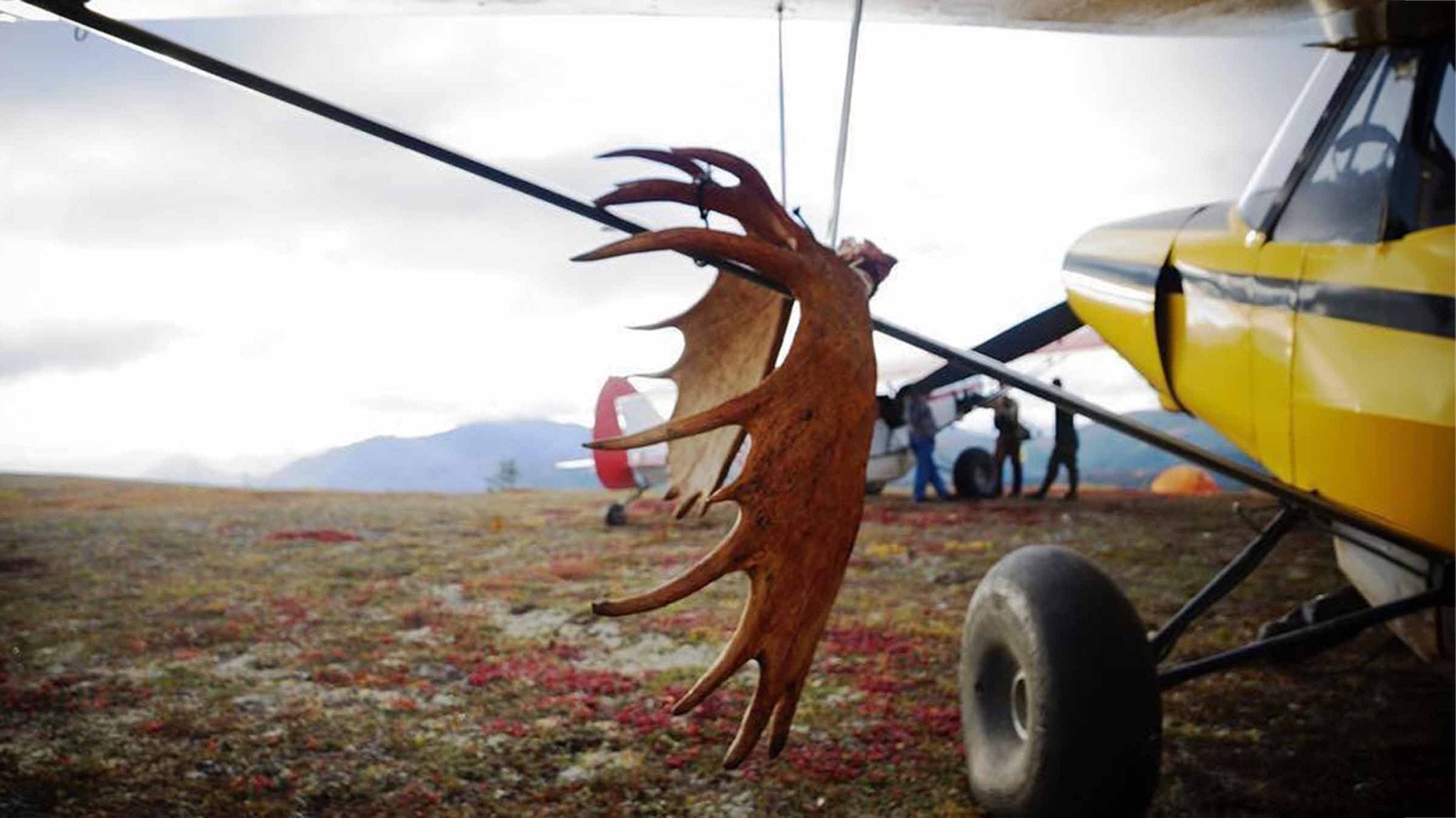
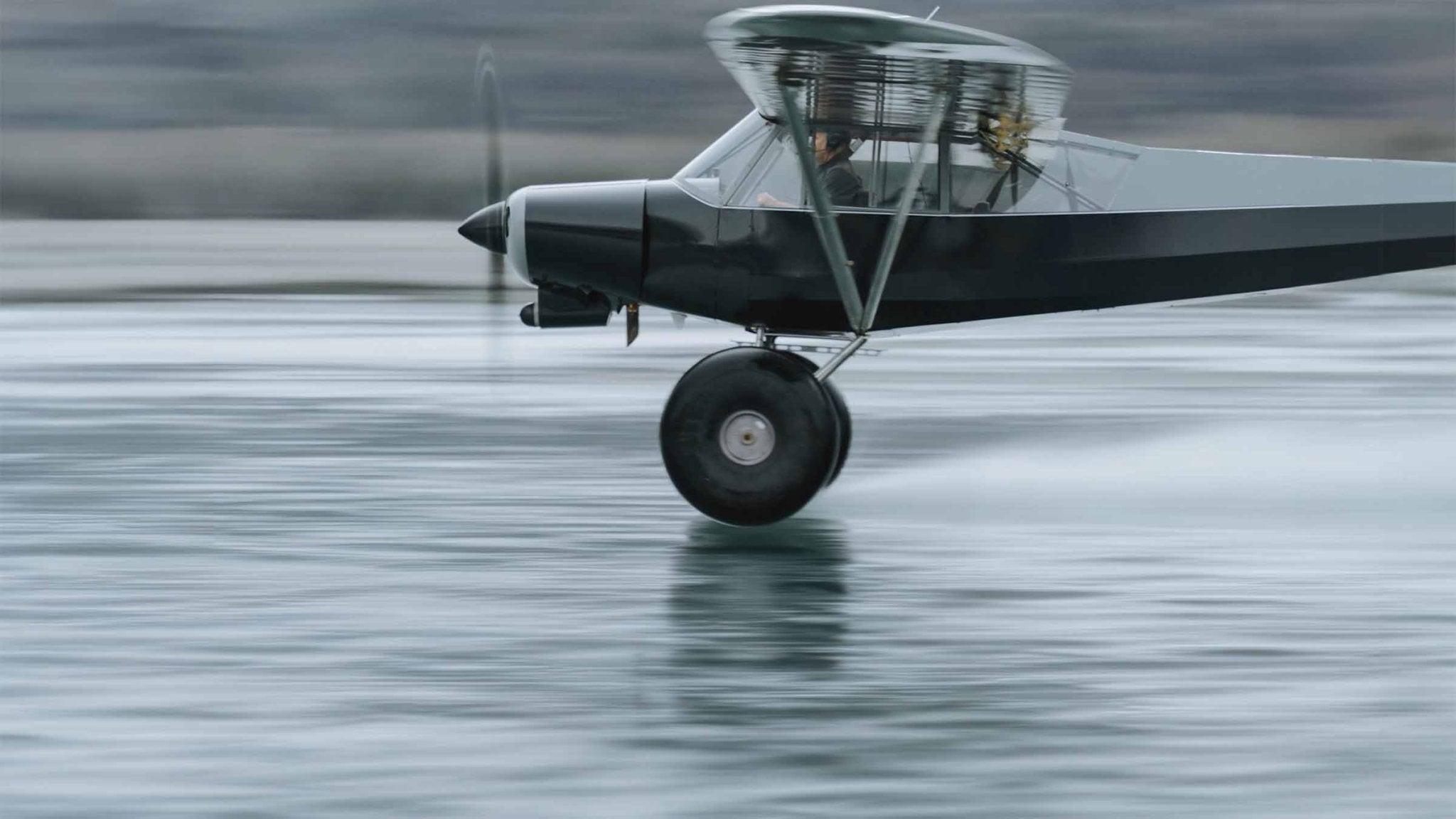
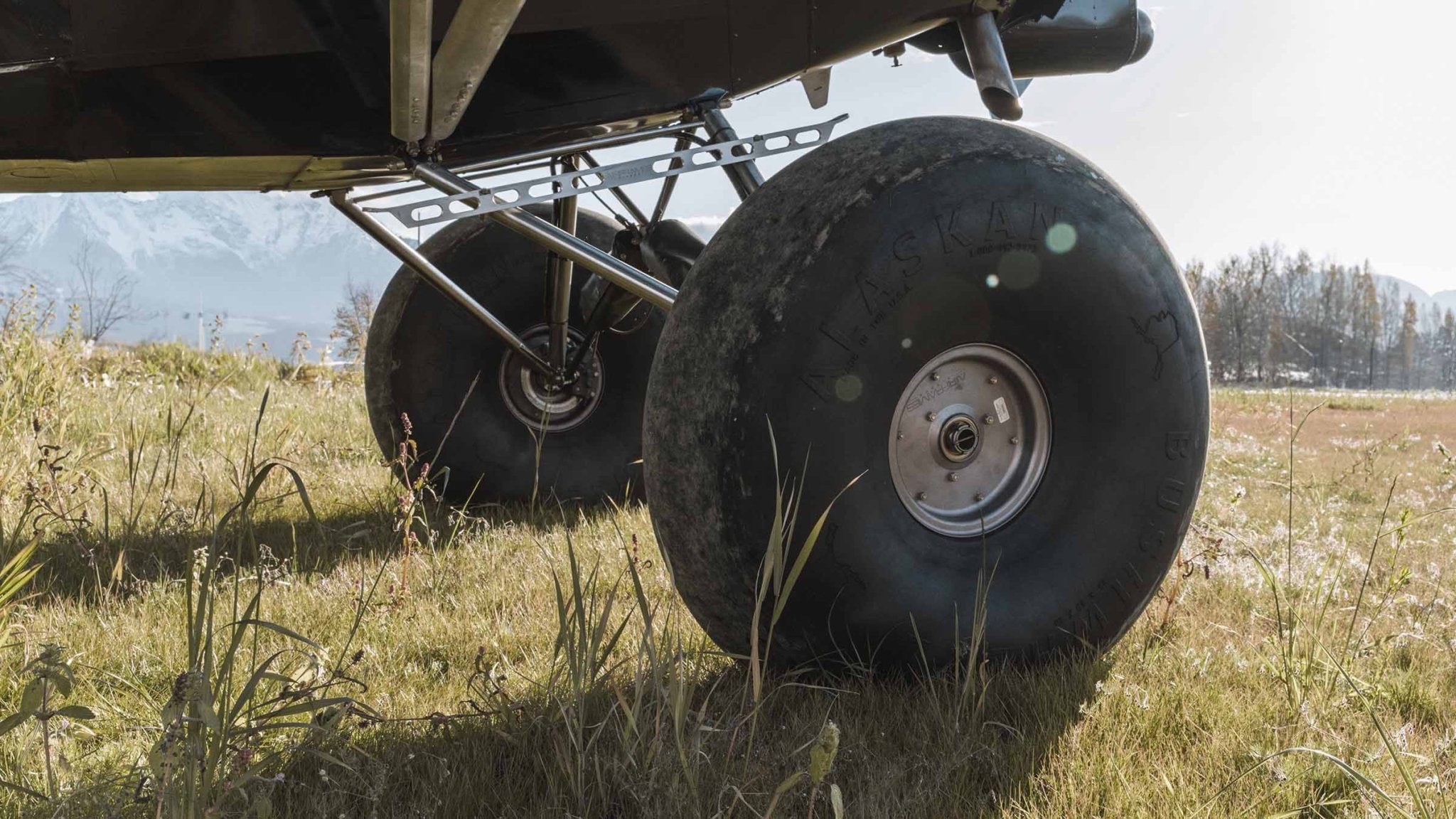
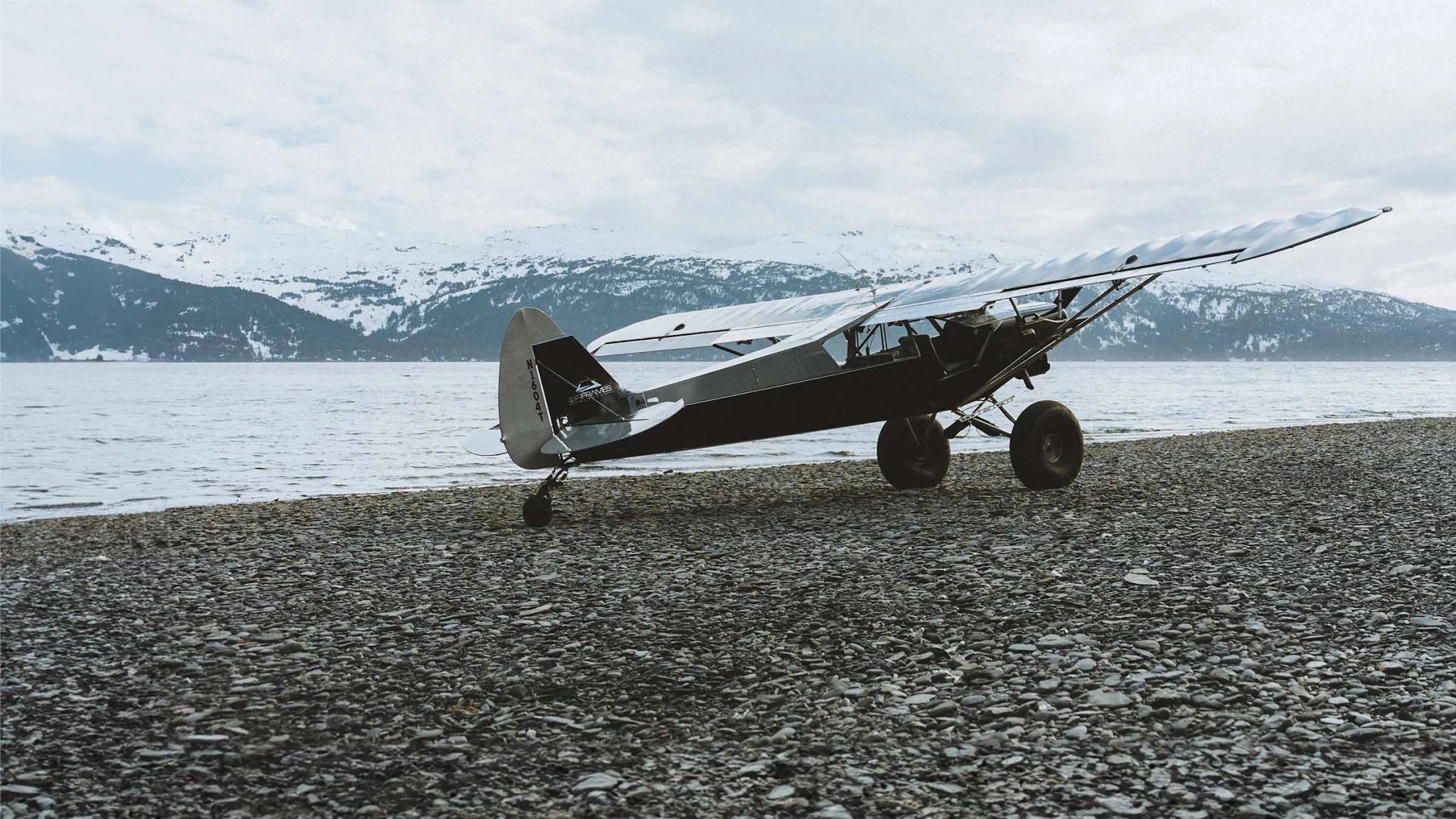
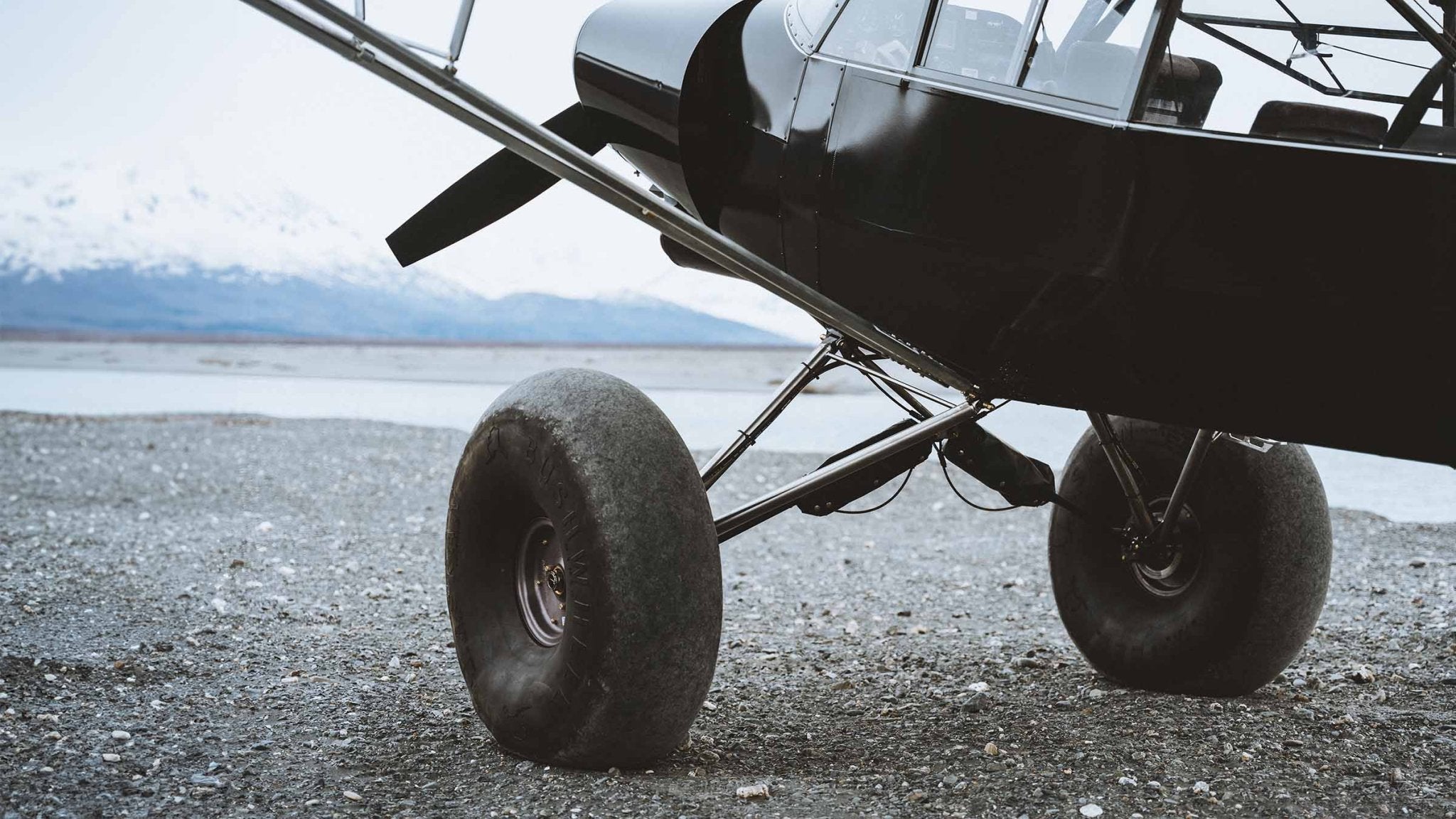
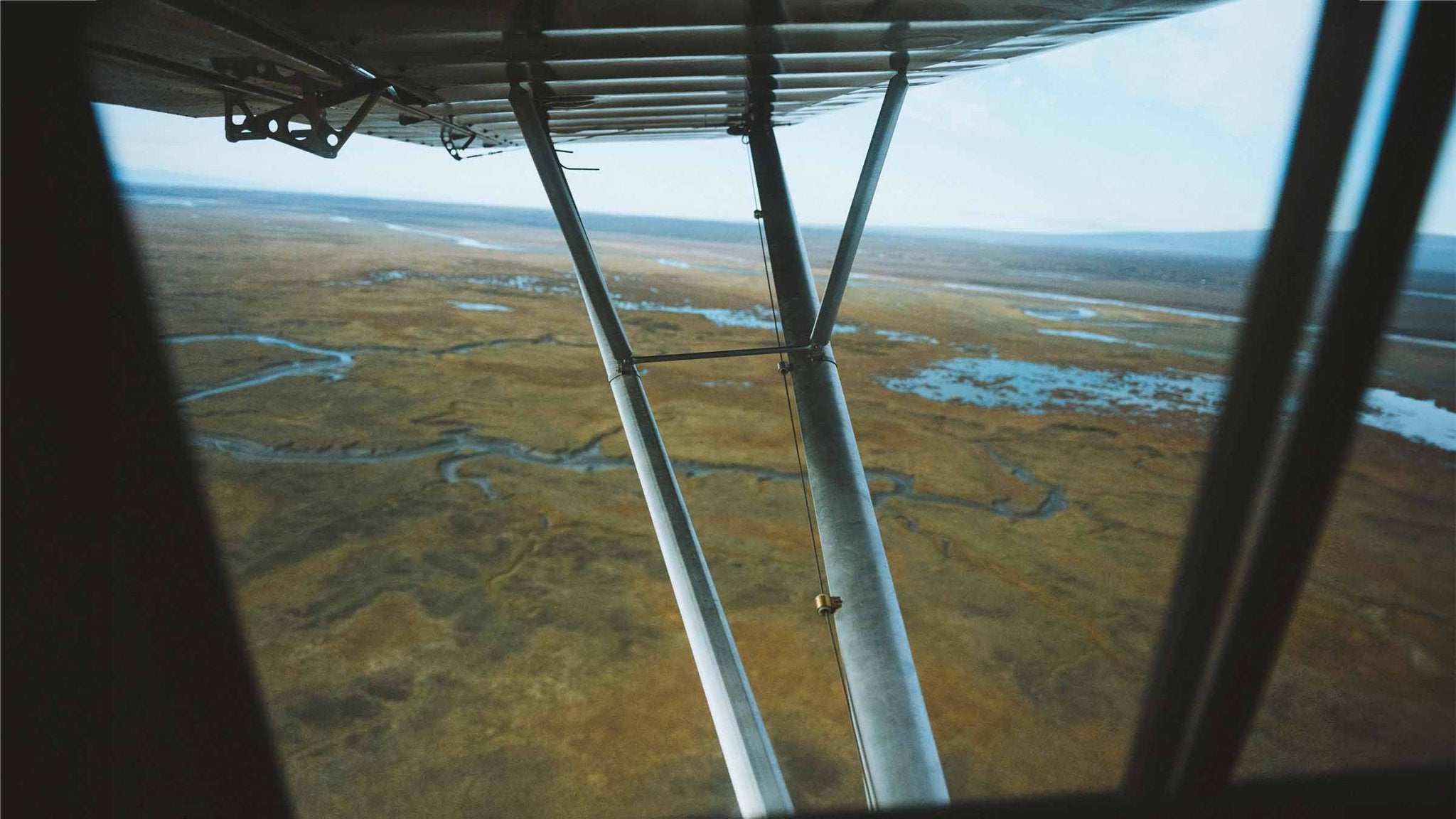
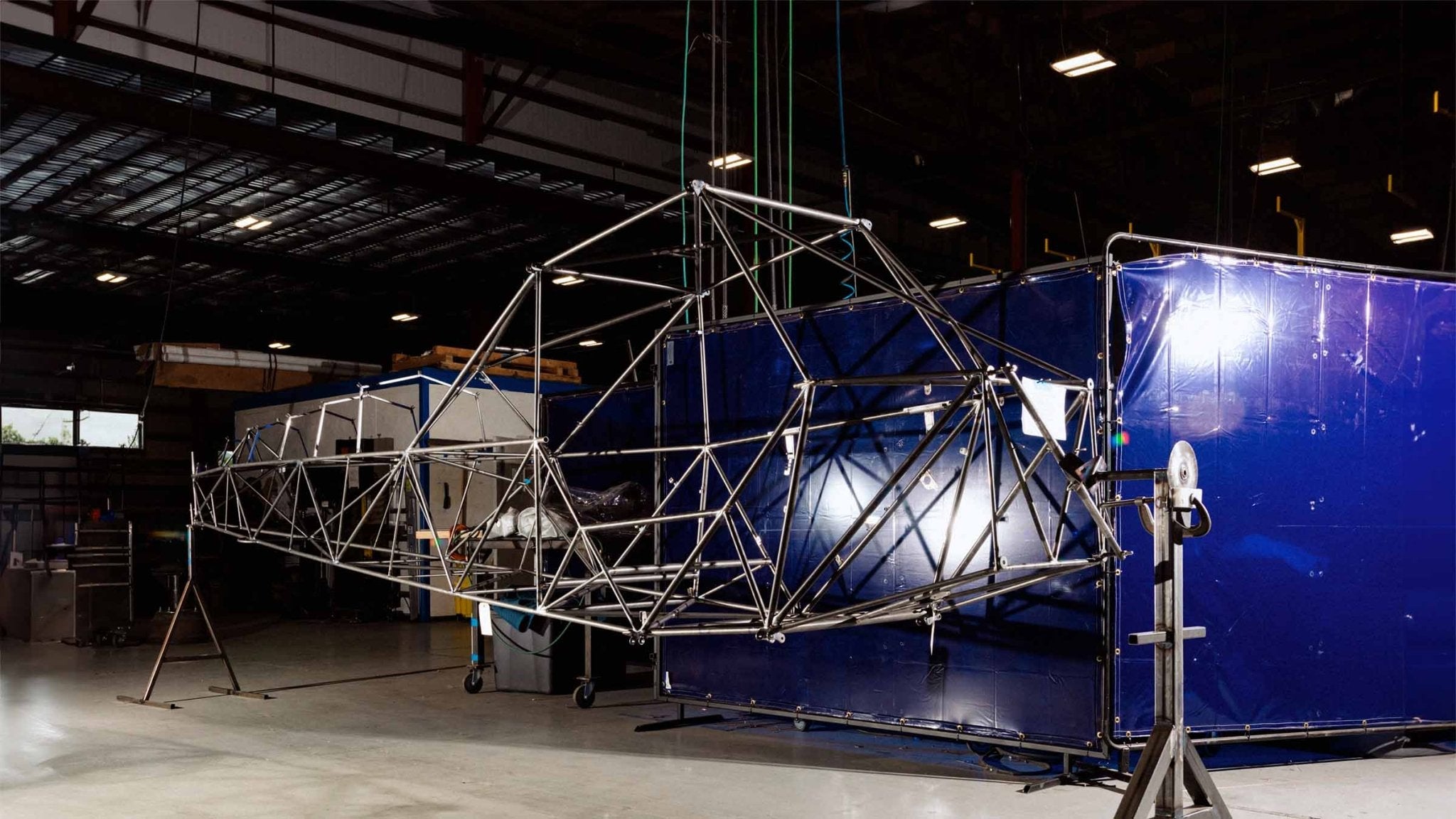
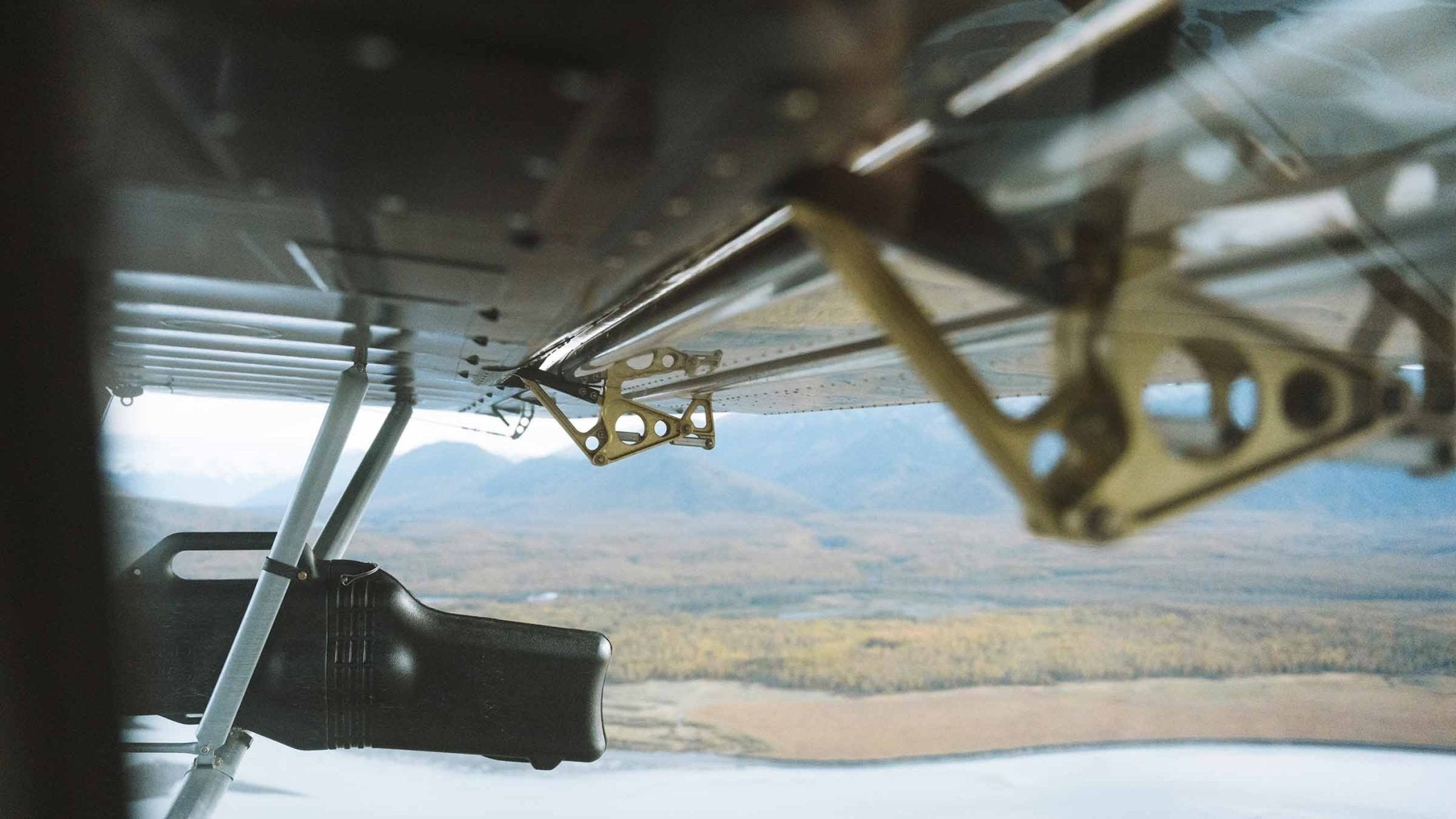
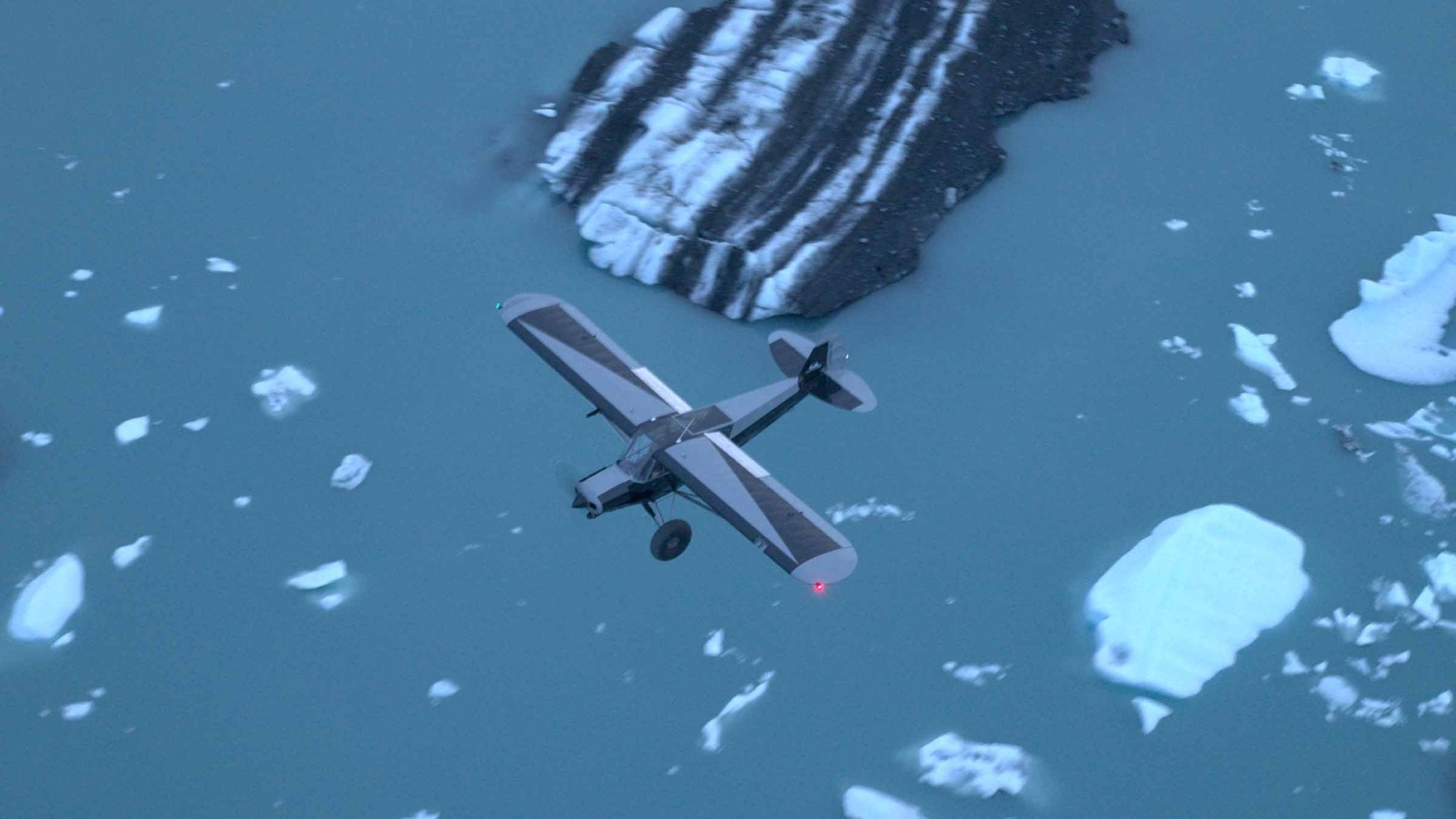
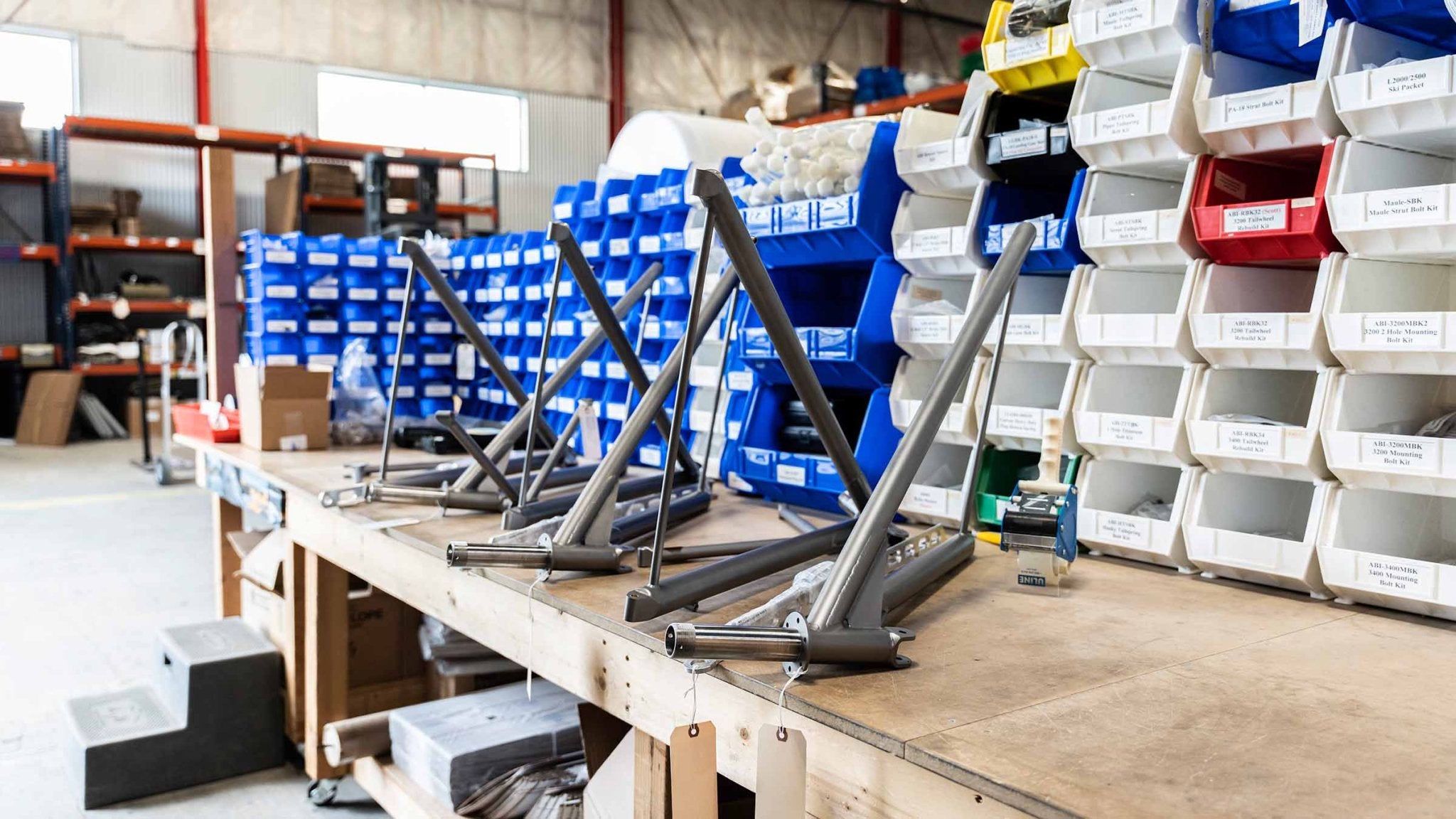
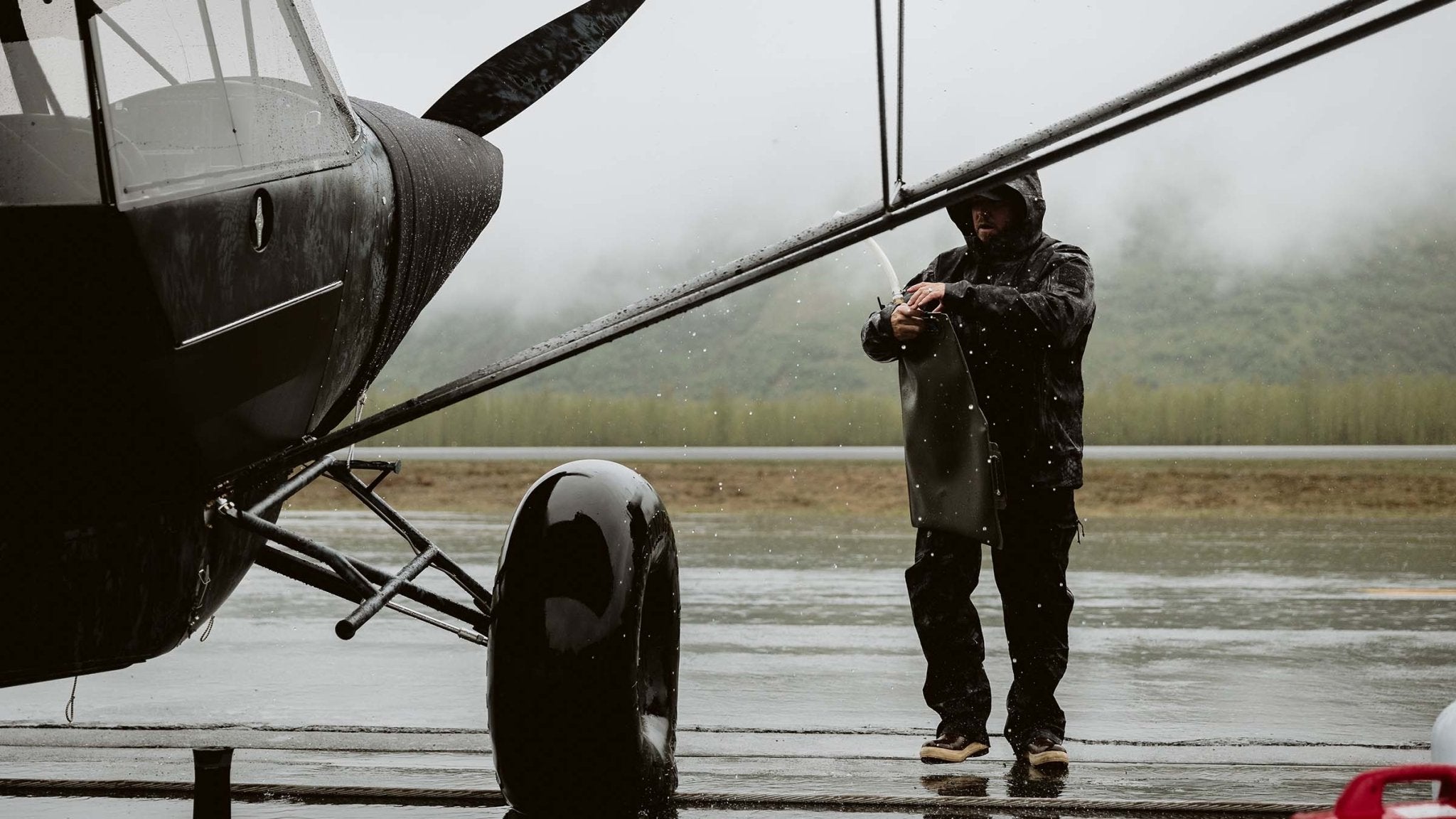
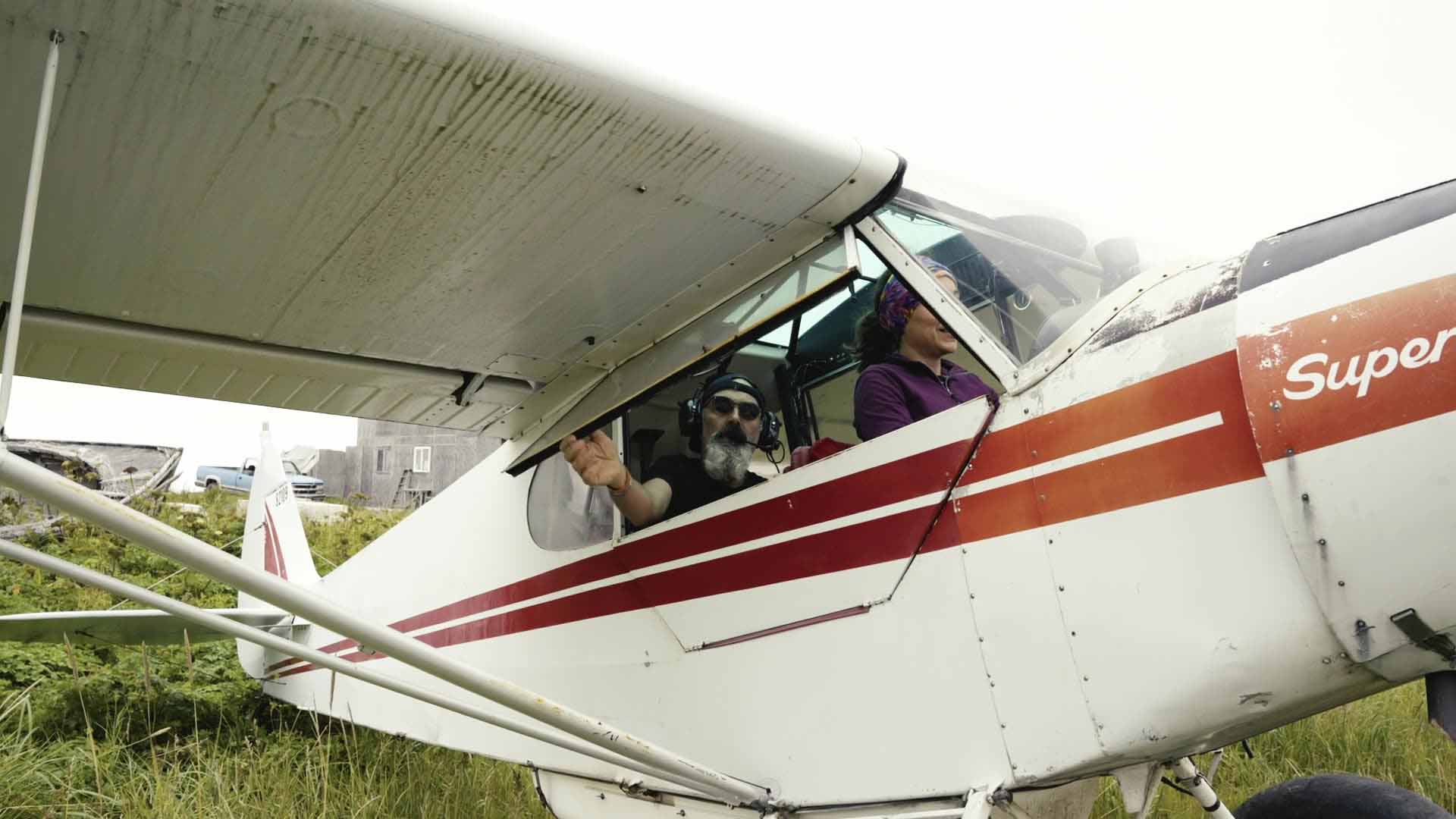
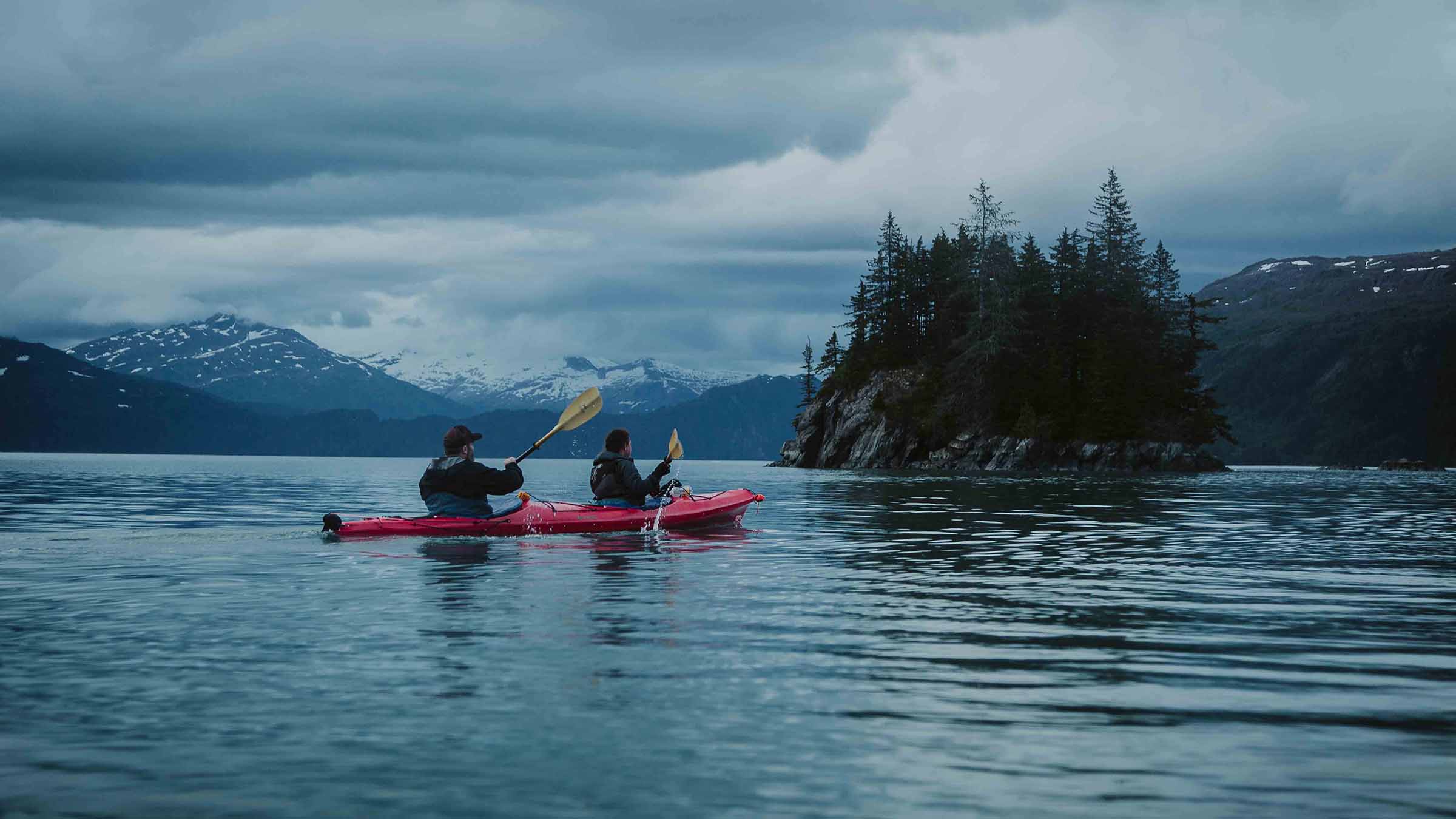
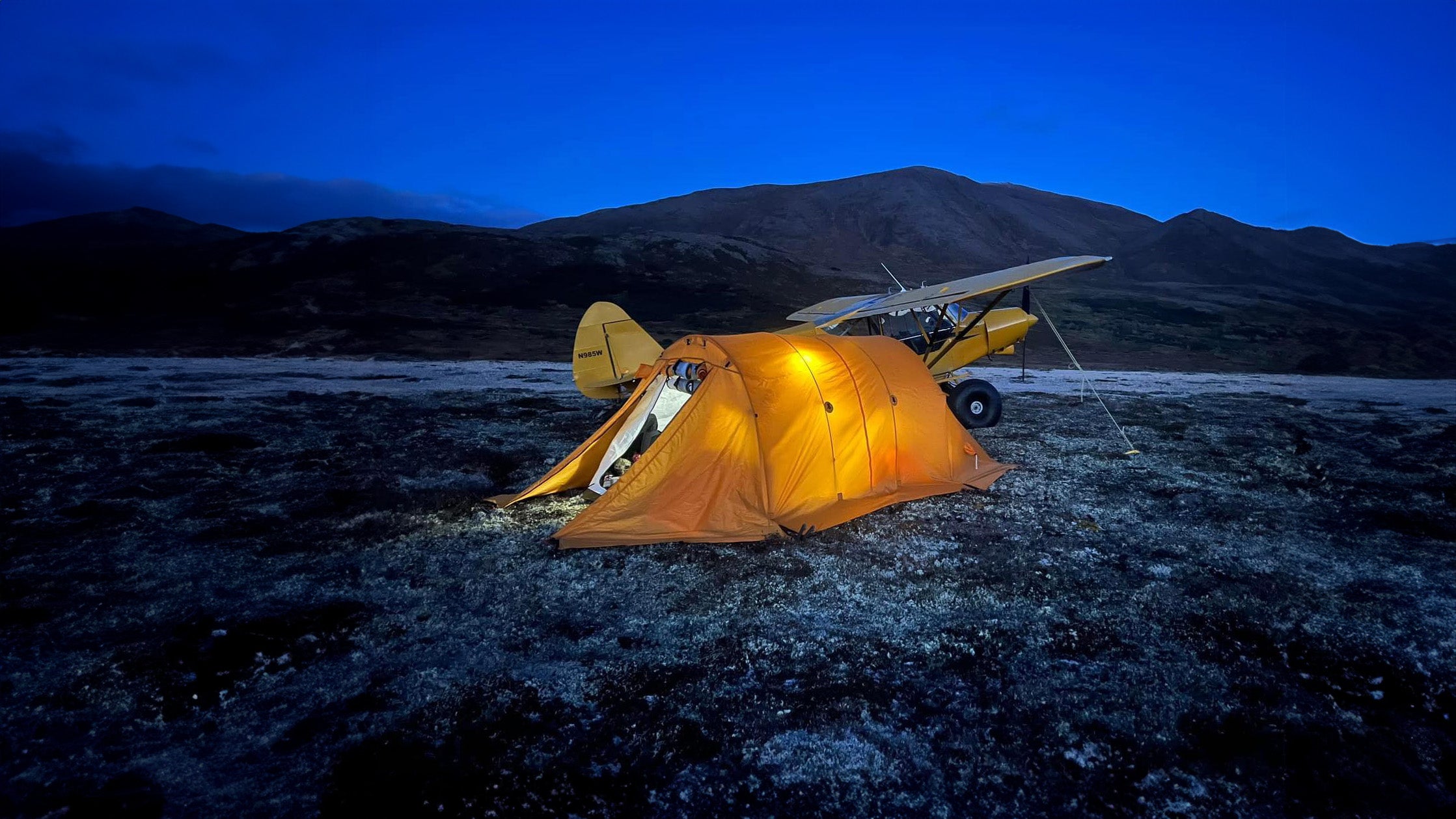
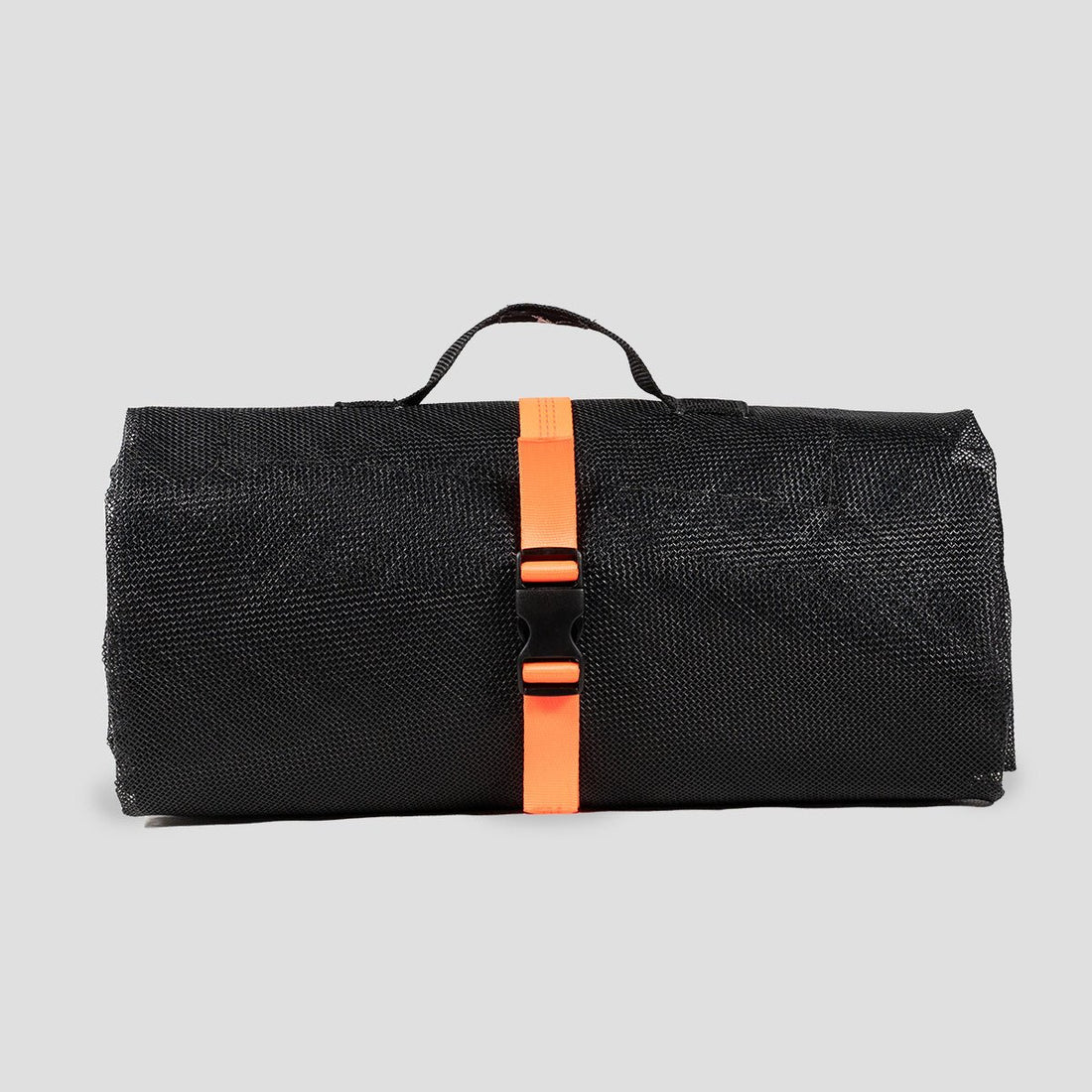
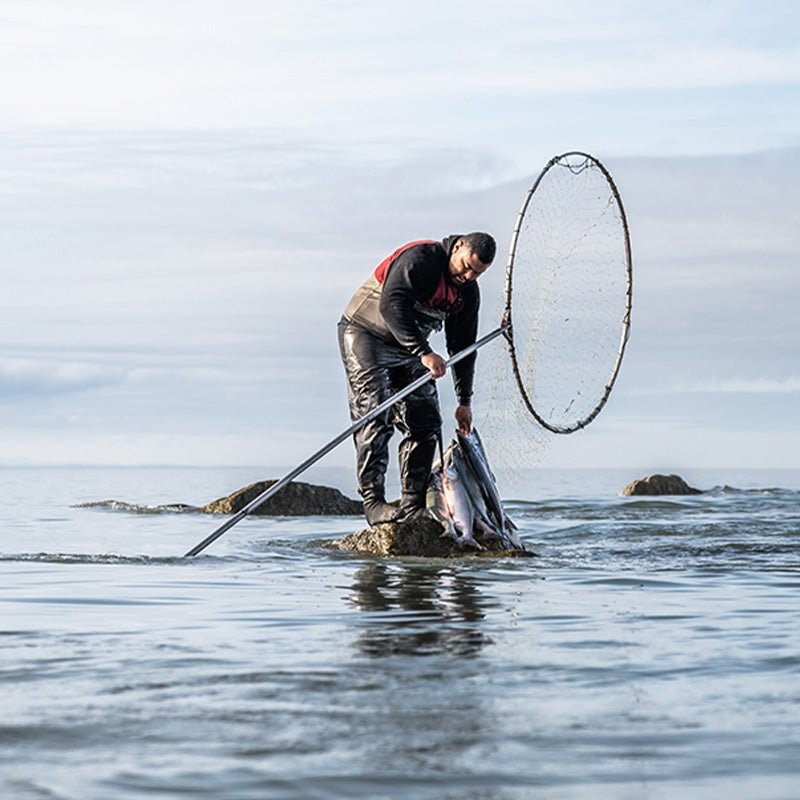

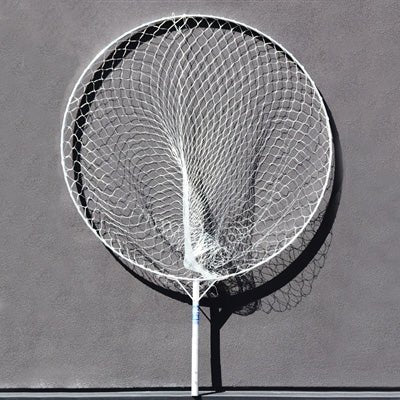
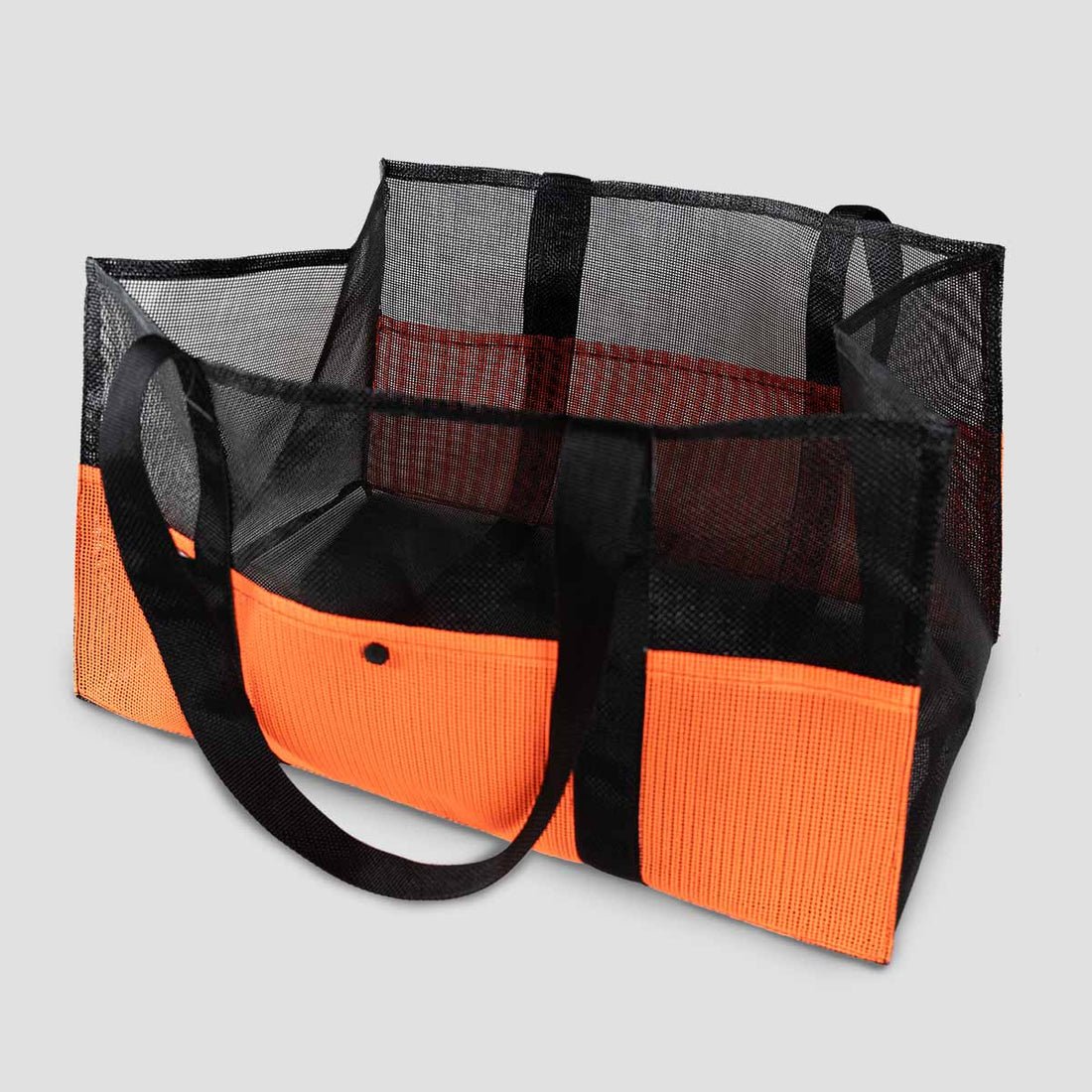
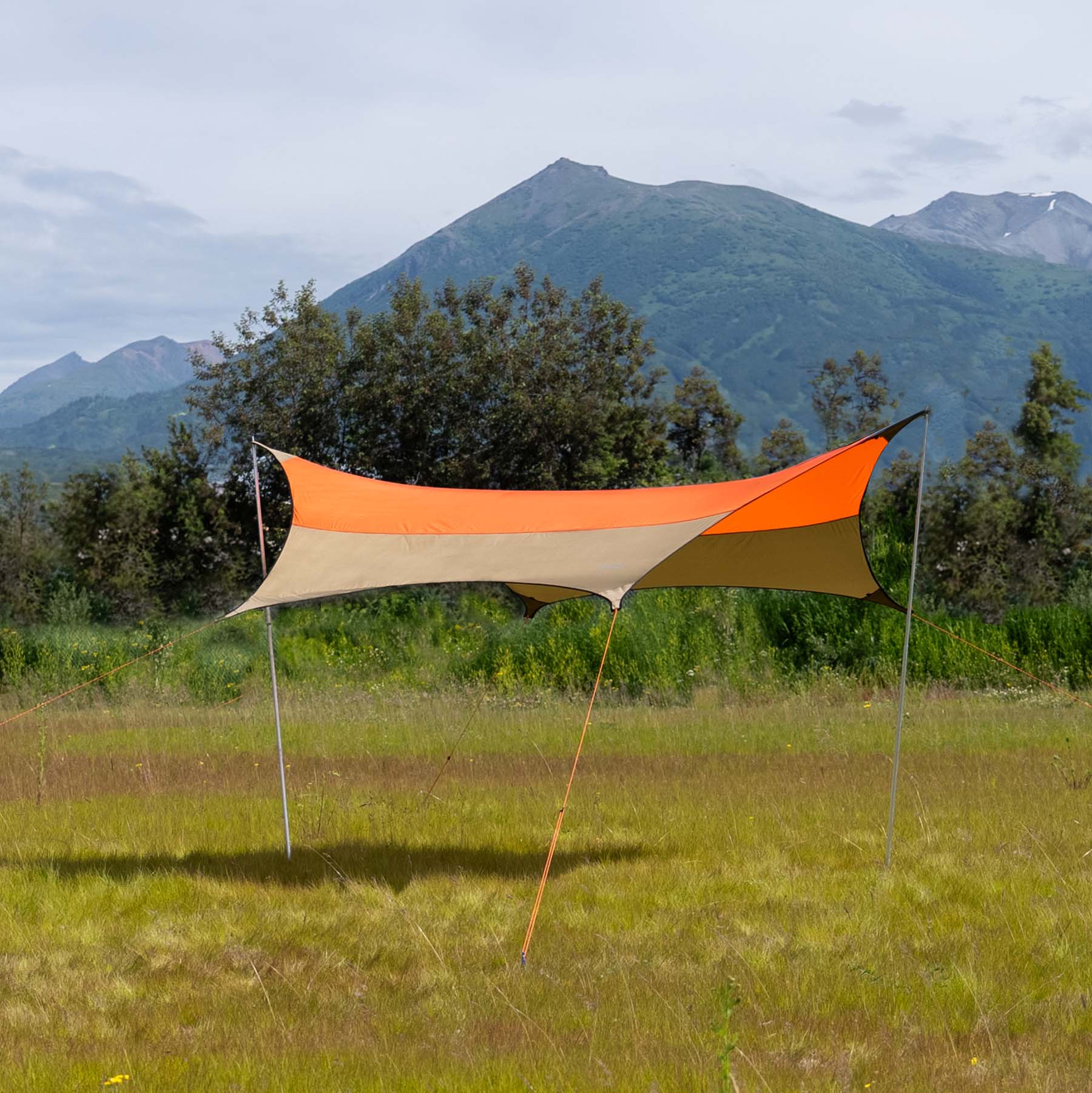
Leave a comment